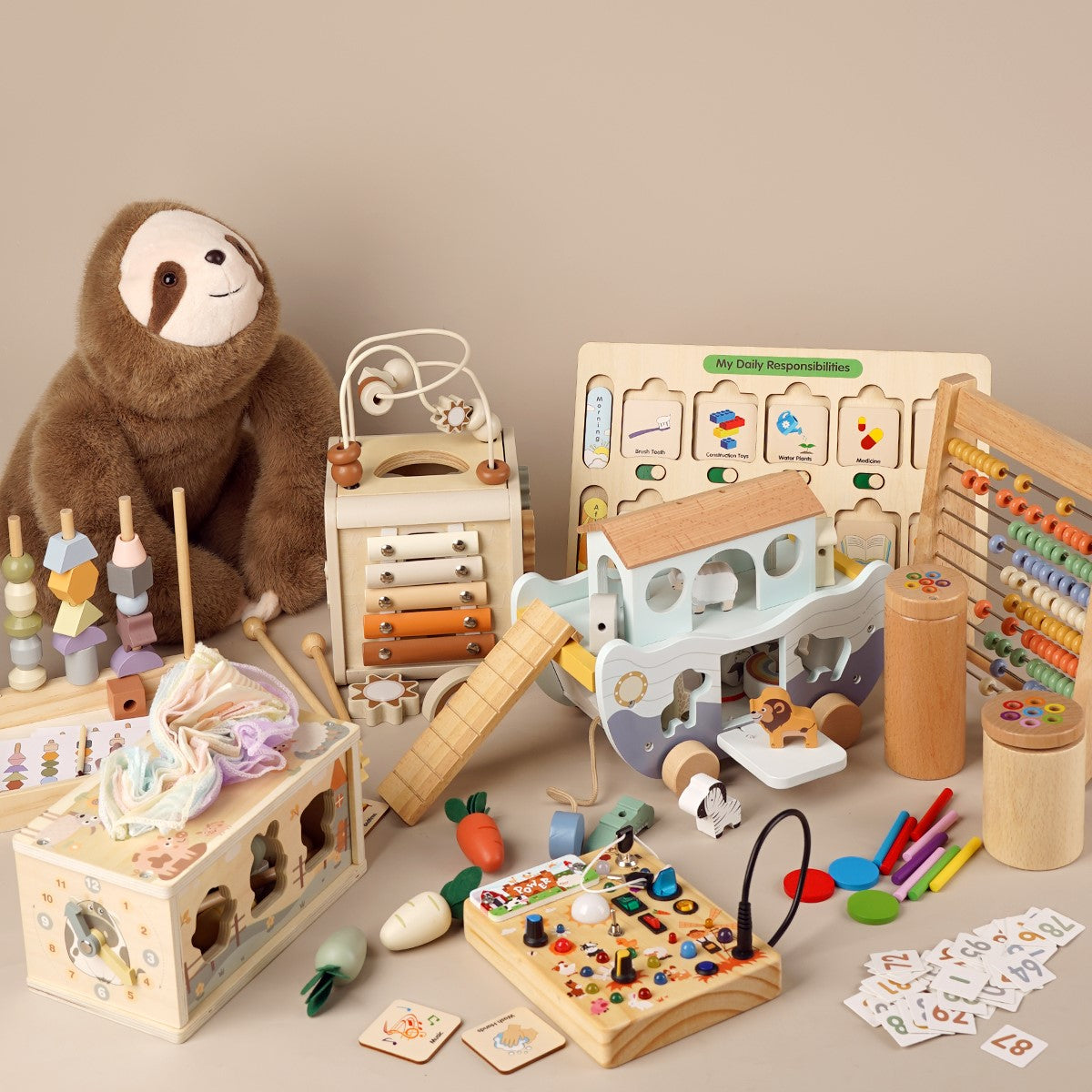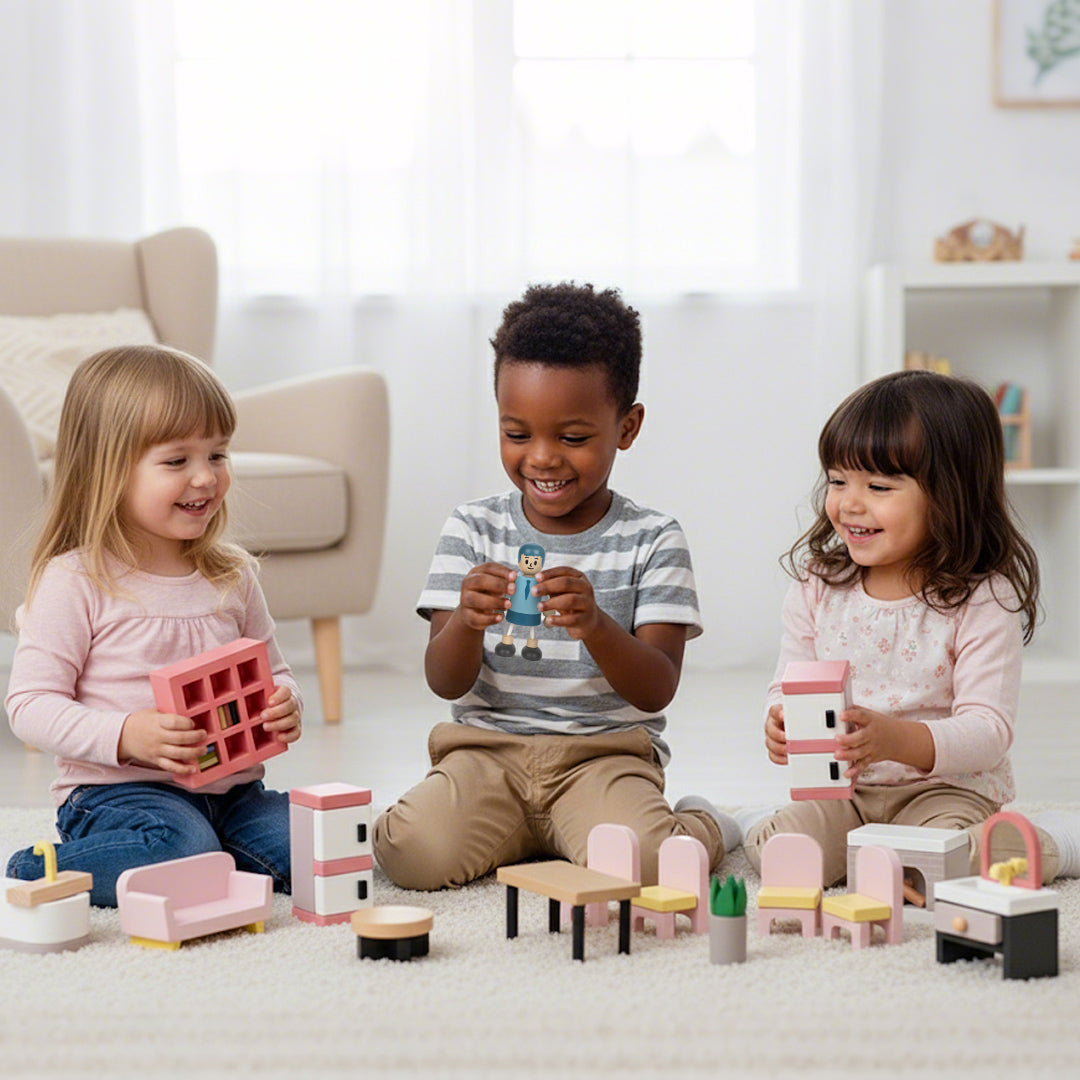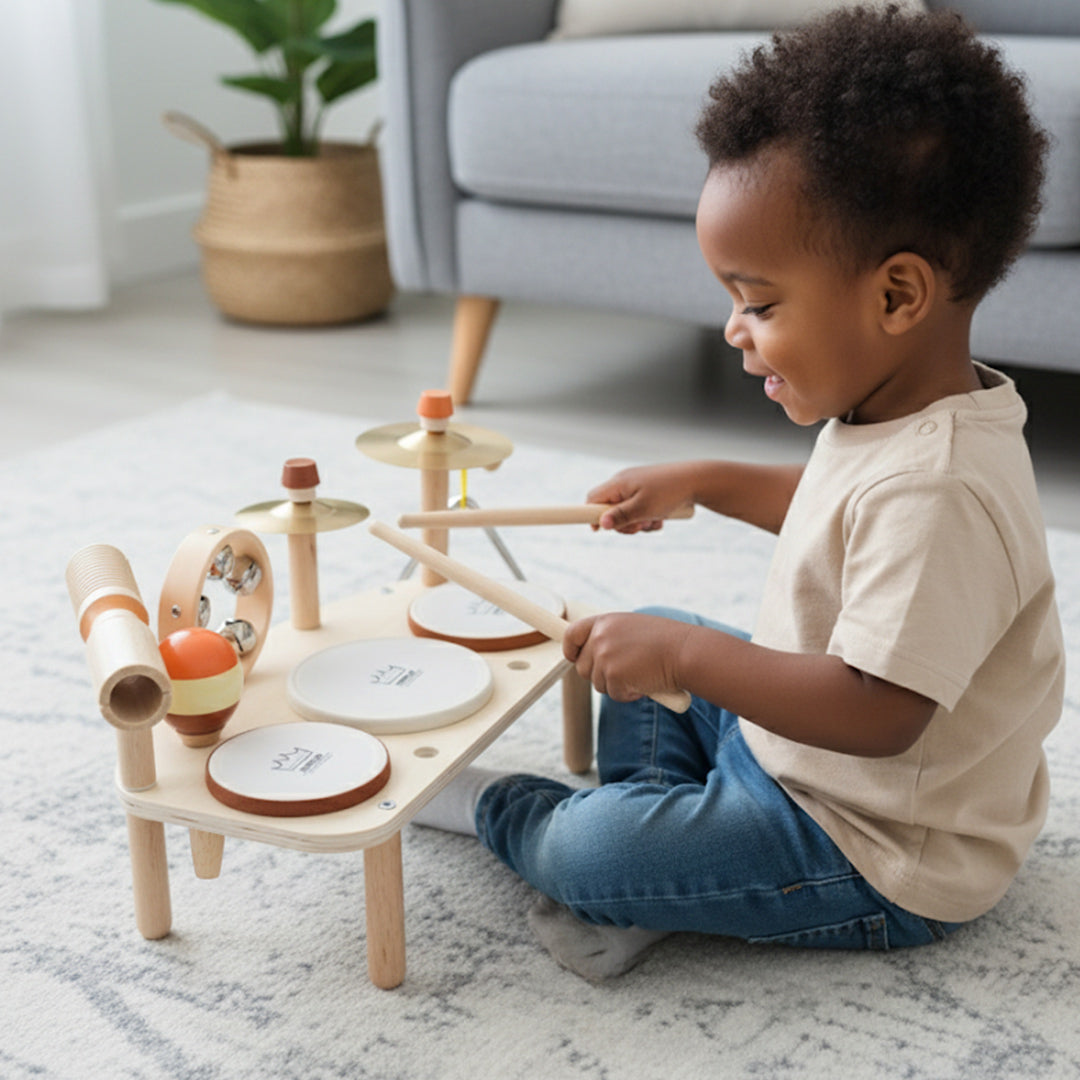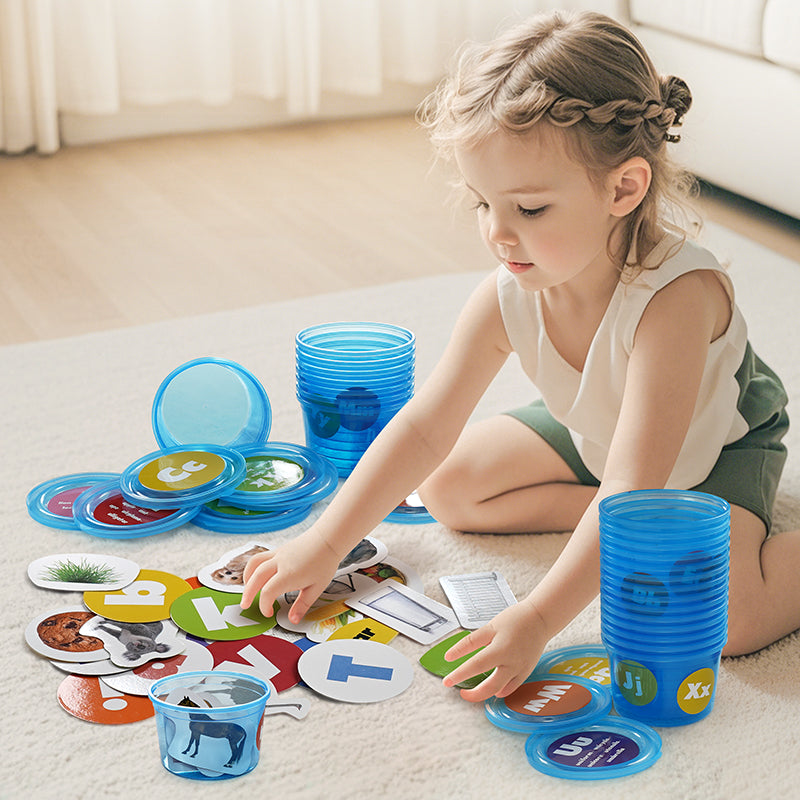From Exhaustion to Balance: How Autism Parents Can Lighten Their Load

Every morning, parents of children with autism face a familiar challenge: preparing breakfast while juggling school drop-offs, therapy schedules, and the unpredictable possibility of emotional meltdowns. It feels like constantly putting out fires, leaving parents physically and emotionally drained.
But hope comes in many forms. Tools like autism sensory toys and AAC devices for autism are proving to be more than just helpful—they’re life-changing. Not only do they support children’s emotional and communication needs, but they also give parents much-needed relief from daily stress.
Understanding the Exhaustion
Parenting is demanding for any family, but raising a child with autism intensifies the challenge. Parents often feel like they’re carrying multiple jobs all at once.
Multiple Roles Parents Must Juggle
Parents often wear many hats in a single day:
- Caregiver – attending to daily needs and therapy goals.
- Teacher – reinforcing skills at home.
- Driver – managing therapy appointments and school pickups.
- Household Manager – cooking, cleaning, shopping, and organizing.
- Financial Provider – covering the costs of therapy, specialized programs, and assistive technology.
This constant multitasking drains both energy and focus.
Unpredictable Daily Challenges
Unlike traditional routines, life with an autistic child can be highly unpredictable. A change in schedule, sensory overload, or unexpected triggers can quickly shift the entire day. Parents often describe living in a constant state of alertness, never knowing when the next emotional outburst might occur.
Lack of Respite
The hardest part? Rarely having time for oneself. Self-care often feels like an unattainable luxury. Over time, skipped meals, reduced sleep, and neglected health appointments compound the exhaustion.
The Toll on Mental and Physical Health
This exhaustion isn’t just about “being tired.” It deeply affects the mind, body, and family connections.
Emotional Toll
Many parents report:
- Chronic anxiety about meltdowns or long-term future planning.
- Guilt, feeling they aren’t doing enough.
- Isolation, as friends or extended family may not fully understand their situation.
Physical Consequences
The physical impact is equally real:
- Sleep deprivation from late nights and early mornings.
- Constant fatigue from multitasking.
- Weakened immunity caused by stress and neglecting self-care.
Strain on Family Dynamics
Stress seeps into relationships, too:
- Couples may experience conflict over caregiving duties.
- Siblings sometimes feel overlooked, creating tension.
- The overall family atmosphere may feel strained and distant.
Practical Coping Strategies
While the challenges are significant, there are strategies that can help parents manage the daily load with more resilience.
Autism Sensory Toys Help Children and Parents
Autism sensory toys are more than just playthings. They are therapeutic tools designed to calm, focus, and regulate a child’s sensory system.
1. Reducing Sensory Overload
Items like chewable toys, weighted blankets, and stress balls help children feel grounded during overwhelming moments.
2. Encouraging Self-Regulation
By using sensory toys, children gradually learn to calm themselves without constant parental intervention.
3. Making Outings Easier
With the right toys on hand, children are better able to cope in restaurants, stores, or public spaces—helping parents feel less anxious about leaving home.

AAC Devices for Autism: Giving Children a Voice
While sensory toys manage emotions, AAC devices for autism (Augmentative and Alternative Communication) tackle communication challenges.
1. Empowering Expression
For children who struggle with speech, AAC devices allow them to communicate through symbols, pictures, or voice-output buttons.
2. Preventing Frustration
Many meltdowns happen because a child can’t express their needs. AAC devices reduce this frustration by providing a clear way to communicate.
3. Lightening the Parents’ Load
For parents, the guesswork of “What does my child need?” becomes much easier. Joyreal AAC devices for autism help parents by bridging the gap between child and caregiver, making communication smoother and daily life less stressful.
Real Parent Voices
Parents worldwide have shared how these tools transform their daily lives:
One mother said:
- “Before, every outing was stressful. Now, with autism sensory toys in my bag, my son calms down more easily, and I can finally breathe.”
A father shared:
- “My child used to cry when he wanted something, and I could never figure it out. With AAC devices for autism, he simply presses a button to say ‘water.’ It has reduced both his frustration and mine.”
These stories highlight how small tools can lead to big changes in family well-being.
How to Introduce These Tools at Home
1. Start Small
- Choose one or two sensory toys and a simple AAC device.
2. Incorporate Them Into Daily Routines
- Keep sensory toys in the car or backpack; place AAC devices near the dining table or play area.
3. Model and Encourage Use
- Parents may need to demonstrate at first, but over time, children often learn to use them independently.
Conclusion
Parenting a child with autism is a journey filled with unique joys and challenges. The exhaustion parents feel is real, and it deserves compassion, not judgment.
Sustainable caregiving isn’t about doing everything perfectly—it’s about building resilience through support, structure, and tools that make life easier. AAC devices for autism, like those offered by Joyreal, are one such tool that not only helps children communicate but also eases the daily burden parents carry.
So, here’s a gentle reminder: carving out even a few minutes of rest isn’t selfish—it’s essential. By taking care of yourself, you’re ensuring that your child and family thrive in the long run.
FAQs
1. Is it normal to feel exhausted all the time as a parent of a child with autism?
- Yes. The level of care required is intense, and exhaustion is one of the most common experiences parents report.
2. How can I make daily routines less overwhelming?
- Simplify routines and keep them predictable. Visual schedules can help children anticipate transitions, reducing stress for both child and parent.
3. What support resources are available for parents like me?
- Local autism centers, respite care programs, and online support groups offer valuable guidance and community.
4. How do assistive devices help children with autism?
- AAC devices for autism support communication, reduce frustration, and give children a voice. Specifically, Joyreal AAC devices for autism help parents by improving daily interactions and lowering stress.
5. How can I balance caring for my autistic child and my other children?
- Schedule one-on-one time with siblings and include them in caregiving routines so they feel connected rather than neglected.
6. When should I consider professional counseling?
- If exhaustion leads to chronic anxiety, depression, or difficulty functioning, professional counseling can provide coping strategies and emotional relief.
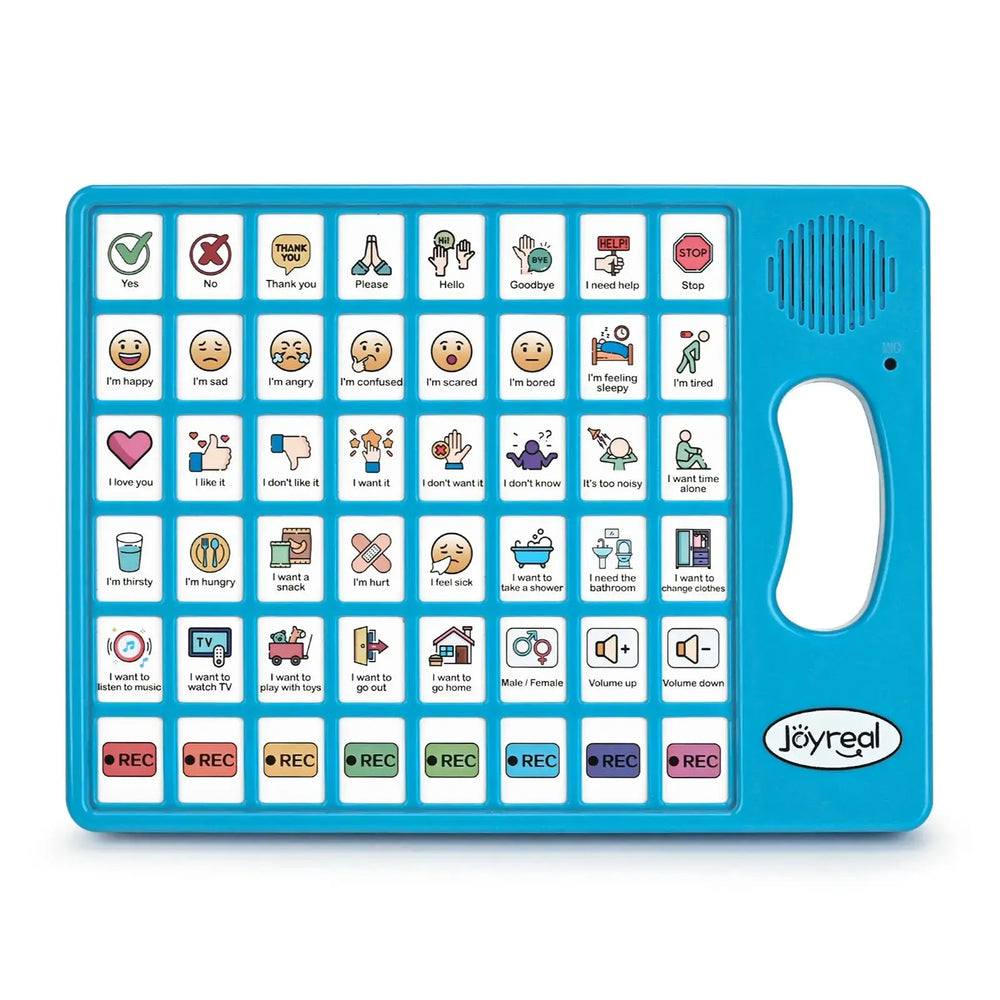
Maybe it will be helpful for you:
Recent Post

What Finally Helped My Toddler Speak Up?
If you’re a toddler mom, you already know how much emotional weight...

Joyreal Christmas Toys Deals 2025
Enjoy instant savings across nearly every category, from early lear...

How Wooden Montessori Toys Support a Sustainable Childhood
Most parents don’t say it out loud, but many feel the same quiet fr...

Top Christmas Gifts to Help Kids Communicate Better This Holiday Season
The holiday season brings joy, family bonding, and endless opportun...

How to Make DIY Printable Communication Boards
Communication is at the heart of every child’s development — and fo...

Top 5 Christmas Gifts That Bring Families Closer (2025 Guide)
Christmas isn’t just about the gifts — it’s about the moments we c...

Top Musical Christmas Gifts for Toddlers & Preschoolers 2025
Why Musical Gifts Are Perfect for Toddlers and Preschoolers Music h...

Joyreal AAC Devices Wholesale Partner
In today’s educational and therapeutic environments, speech therapi...

Joyreal AAC Device – Big Sale for Autism & Speech
Every Voice Deserves to Be Heard Imagine your child looking up at y...

How to Choose Safe & Educational Toys for Christmas 2025
When “Just a Toy” Means So Much More If you’re a parent, you know t...
